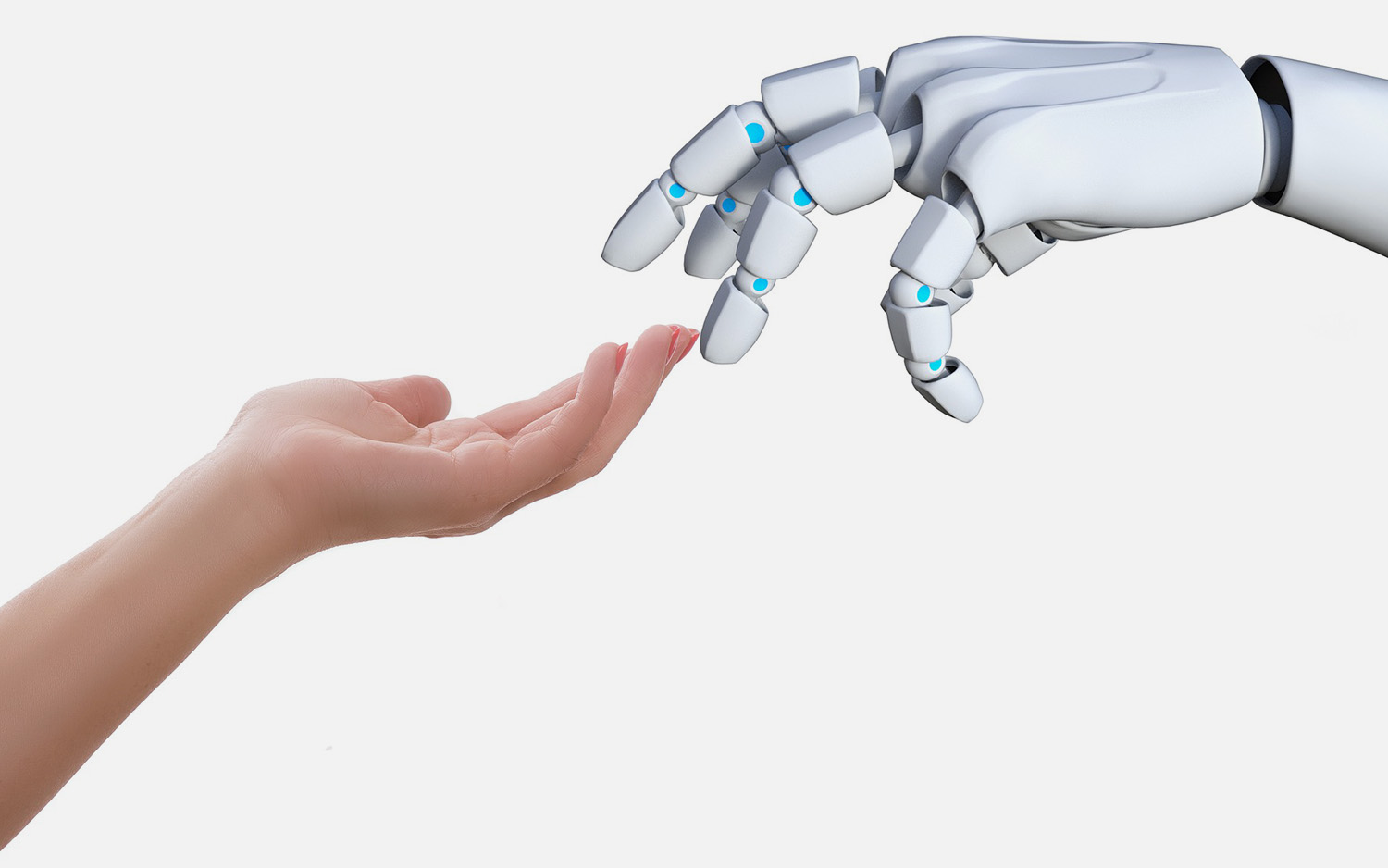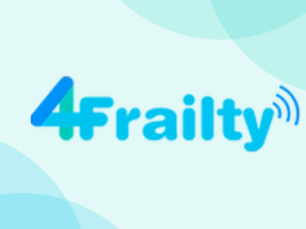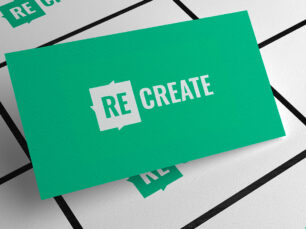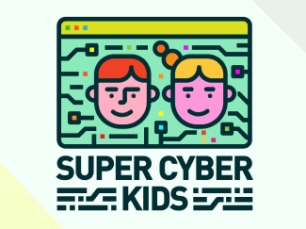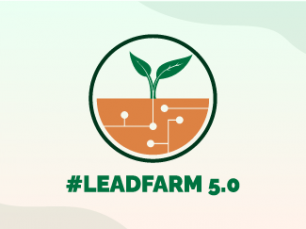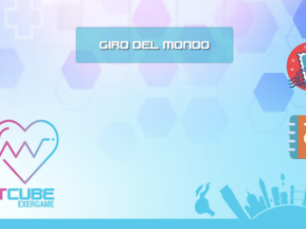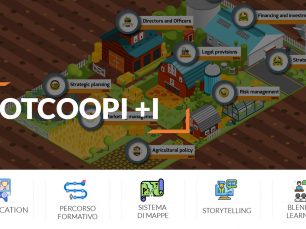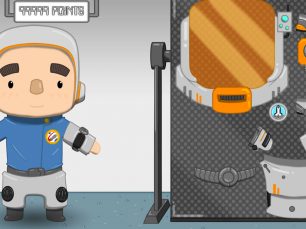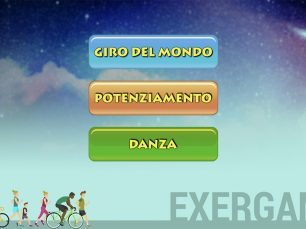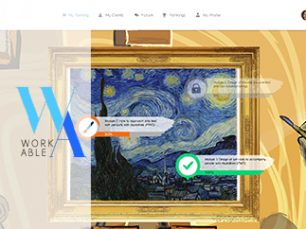Partners:
Exprivia (Capofila), Item Oxigen srl, R2M Solution srl, Grifo Multimedia srl, Next2U srl, Cupersafety srl, Istituto Nazionale Riposo e Cura Anziani (INRCA), Fondazione Neurone Onlus, Fondazione religione e di culto “Casa Sollievo della Sofferenza” – Opera di San Pio da Pietralcina, Scuola Superiore di Studi Universitari e Perfezionamento Sant’Anna, Università degli studi di Milano, Università degli studi di Genova, Università degli studi di Roma “La Sapienza”, Università politecnica delle Marche, Fondazione Bruno Kessler , Consiglio Nazionale delle Ricerche, Istituto Internazionale per gli Alti Studi Scientifici “Eduardo R. Caianiello”












